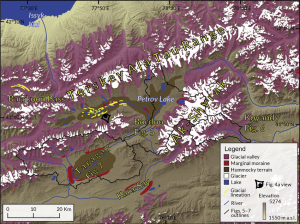Investigating a 4.8 million year old glacier with ASD spectroradiometers
Climate change is a global issue, a problem which will not disappear without the world population’s co-operation. The main goal set by the 2015 Paris agreement is to limit the rise in global temperatures to 2 Degrees Celsius, this has been accepted by 175 parites (174 states plus the European Union) one of which includes the industrial super power, China. China itself is seeing it’s own implications from the rise in global warming, and holds one of the only places on Earth which can actively show the effects of climate change: the Tianshan Glacier.
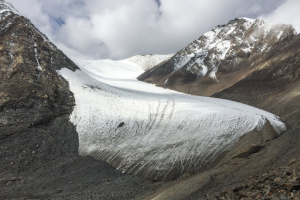
The Tianshan Glacier is over 4.8 million years old, yet it is predicted to disappear entirely in 50 years. The disappearance of the glacier will prove to be detrimental for the surrounding area, as regions hundreds of miles away rely on it as a water source. The glacier creates clouds, which in turn provide rain and snow elsewhere. One particular region which relies on the rain source provided by the Tianshan Glacier is the Taklamakan Desert, the desert is the hottest place in China, and the lowest at 500 feet below sea level. Yet, despite only having 0.5 inches of rainfall a year, the Taklamakan Desert is an agricultural powerhouse. The region produces almost all of China’s grapes, whilst also being a hot-spot for agricultural industries. This amount of growth requires more than half an inch of rainfall to maintain, so the industries use the water from the 2000 year old irrigation system, the Karez. Not only does is the Tianshan Glacier responsible for the rainfall, but also the water content of the Karez, which spans hundreds of miles to make use of the melting ice.
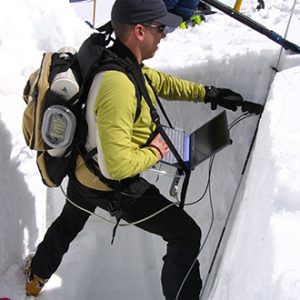
The Tianshan Glacier is home to the Tianshan Glaciological Station, the only field station in China which specialises in glaciers. The station is a member of the Chinese Academy of Sciences and has played an important role within the World Glacier Monitoring Service since 1981. Over the years the Tianshan Glaciological Station has developed an internationally acclaimed data base of results through their experiments and research on the Tiashan Glacier, this data has been gathered by a specialised team which is headed by Li Zhongqin. The team are equipped with an ASD FieldSpec HandHeld 2 VNIR spectroradiometer, two ASD FieldSpec 4 Full Range spectroradiometers and an ASD FieldSpec Dual spectroradiometer system to produce this renowned database.
Li frequently leads the team up the glacier to record valuable data. Each year, at the beginning and end of the thawing period, Li and the team measure the glacier for material balance, glacial thickness, glacier area, surface velocity, meteorology, hydrology, atmospheric aerosis, snow/ ice chemistry, glacier surface albedo and more. All of these metrics are gathered with their Malvern ASD instrumentation. They hike to a pole located in the ice over 14,000 feet above sea level, Li explains “This is called the sight rod, we come here each month to check it and see how fast the glaciers are melting. Each year we record the glacier to be 15ft thinner.”
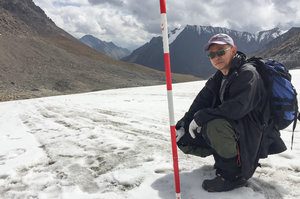
The rise in global temperature is shaping the landscape of the border between China, Kazakhstan and Uzbekistan which all share part of Tianshan Glaciers. Li refers to how the average global temperature has risen by 1 Degree Celcius, which has resulted in the original Tianshan No. 1 Glacier splitting into the No. 1 East and the No. 1 West – all of which retreat 30ft each year. “Twenty years ago when i was a young scientist, these two glaciers were connected ” Li explains. “But now, look: they’re completely separate.”
Because of global warming, there is an ever increasing urgency for the population to make a change and tackle the emission crisis. Malvern Panalytical’s portable ASD spectroradiometers provide cutting-edge scientific techniques to record the extent of how the increase in temperature is effecting our environment. The instrumentation is used by Li and his team from Tiashan Geological Station as well as many other field laboratories around the world, yet it cannot provide a direct solution for the rising temperatures. In the words of Li himself, “things are changing very, very quickly”.
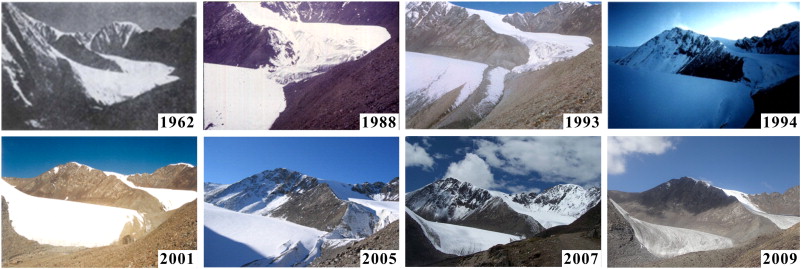
Malvern Panalytical’s ASD FieldSpec range
The ability to collect solar reflectance, radiance, irradiance and reflectance spectral data, means ASD’s spectroradiometers (Standard-Res, Hi-Res and Wide-Res) are ideal for applications in remote sensing, oceanography, ecology, forestry, plant physiology and geology.
Find out more about Malvern Panalytical’s ASD range by clicking the button below:
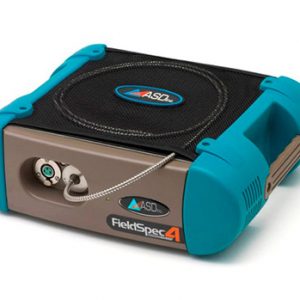
Article references:
- Malvern Panalytical’s Express 3 2018 magazine
- NPR – ‘Impossible To Save’: Scientists Are Watching China’s Glaciers Disappear


